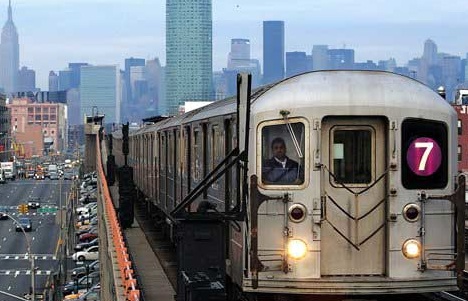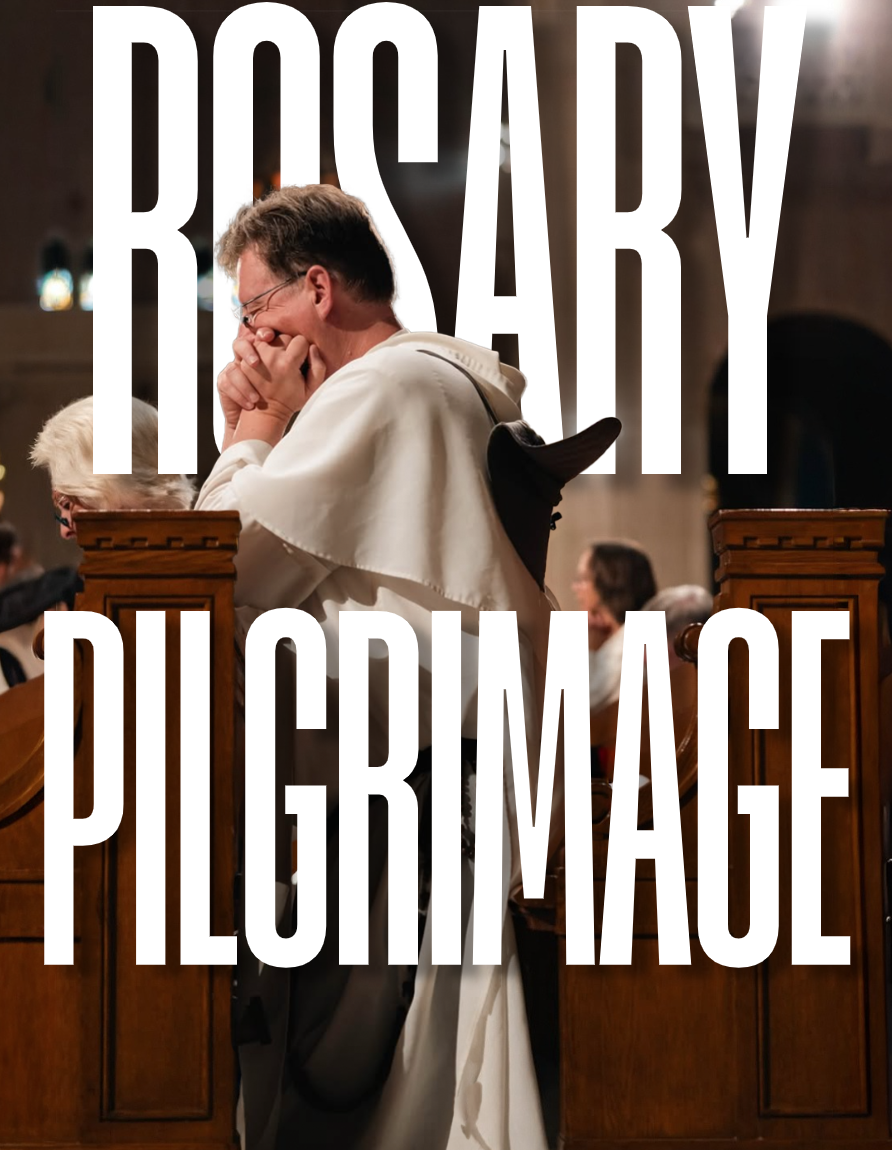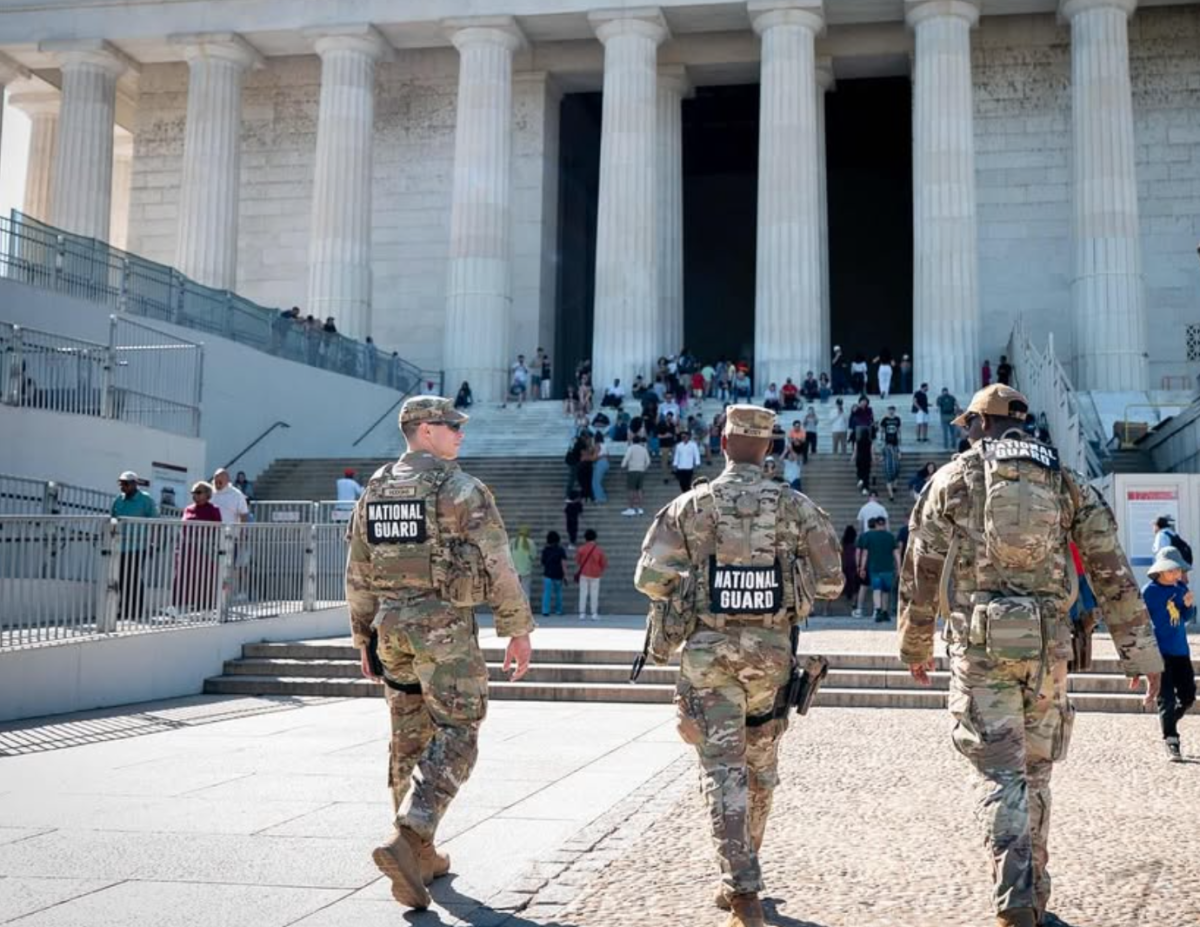By Matthew Calhoun
The Metropolitan Transportation Authority has long been the bane of many New Yorkers’ existence. Fordham students are certainly not immune to the constant delays, service changes and inconveniences bestowed upon the city by this transit conglomerate, and some might argue that we get an even shorter end of the stick than the rest of the city.
MTA policy has been under scrutiny for decades, and the man behind the bulk of the MTA’s power is none other than Governor Andrew Cuomo, FCRH ’79. The MTA is run by a 24-member board, all of whom are appointed by the governor. Of these 24 members, the governor must recommend at least five, with the rest referred by the mayor of New York City and the executives of surrounding counties (only those in New York State served by Metro-North and the Long Island Rail Road).
Perhaps the most frustrating aspect of the MTA’s services for students is the cost. For example, if a student at Rose Hill has an internship in the vicinity of Grand Central Terminal where he or she commutes twice a week via the Metro-North Railroad, this would cost the student a total of $1,400 to make the commute over the entire academic year.
If another student works the same hours, but takes the subway further downtown from Grand Central, it would cost him or her $1,840 for one academic year. Buying an unlimited-ride metrocard adds some value, costing $1,044 to renew the card each month over the academic year, but this restricts the student to only riding subways and buses and excludes the Metro-North.
In comparison to urban Jesuit schools across the nation, Fordham is a standalone for this huge out-of-pocket expense.
Students at Boston College are offered an 11 percent discount by the Massachusetts Bay Transportation Authority (MBTA). Midwestern Jesuit universities, such as Loyola University-Chicago, John Carroll University and Xavier University, all provide their students with free unlimited access to the Chicago, Cleveland and Cincinnati area rapid transit systems, respectively.
Leaving cost aside, the MTA still has subtly scrubbed connections to Fordham time after time. Just start by looking at your subway map. Columbia University, NYU, Hunter College and Brooklyn College all have namesake subway stops, or have the school name attached to the street name on the map. Inside other subway stations, nearly every school in the city has a sign indicating its nearby presence inside the station; except for Fordham.
Even at the Columbus Circle subway station that is just one block away from the Lincoln Center Campus the MTA has built directional signs pointing travelers to the New York Institute of Technology and John Jay College, both of which are much smaller than Fordham, with the latter being farther away from the subway stop than Fordham.
Aside from the MTA’s refusal to identify Fordham to its millions of daily riders, it has also had its way with limiting service to and from Rose Hill. Nearly 60 percent of trains stopping at Fordham’s Metro-North Station use the New Haven Line, or as many students who frequent the Metro-North know as “the red trains.” The other 40 percent of the trains run on the Harlem Line through Fordham and allow full access to and from the station, while the New Haven Line trains only permit passengers to exit inbound New Haven Line trains and to enter outbound trains.
After reaching out to a Metro-North spokesman for a comment, I was told that the New Haven Line trains do not provide access between Fordham and Grand Central. The State of Connecticut purchased the new M8 train cars and the trains are only operated by the MTA, not owned by the MTA. The Metro-North refused to explain why these trains stop at Fordham at all, and indicated that the “exit-only” service to Fordham on New Haven Line trains has been a policy for years.
Restrictions on transit to-and-from Fordham is not just limited to the Metro-North. Though many current students are unaware, in 1973 the MTA discontinued 8 train service and demolished the 3rd Avenue elevated rail line. The 8 train served Fordham at three stations: Arthur Avenue/183rd Street, Fordham Road/3rd Avenue and Bronx Park Terminal (where the present-day athletic field behind Fordham Prep is located). The 8 train provided service from these Bronx stations to the west side of Manhattan along the current 1/2/3 subway lines all the way to South Ferry where the line terminated, with rush hour trains running express to Manhattan after Tremont Avenue.
Upon demolition, the MTA promised the 8 train would be replaced by an underground line that would run from Fordham Plaza in the Bronx all the way to Lower Manhattan and possibly Brooklyn via 2nd Avenue in Manhattan. However, due to the city’s financial crisis in the late 1970s, the 2nd Avenue subway was never built.
Recently, the MTA has been working on two major projects: the 2nd Avenue Subway and the East Side Access Project. East Side access, which was planned to open in 2013, would have brought the Long Island Railroad and possibly Amtrak service into Grand Central Terminal, after a hiatus since 2004 of Amtrak specifically serving Pennsylvania Station in New York City. Due to MTA budget cuts and litigation, this project will likely not be completed until 2020. The 2nd Avenue subway will be opening in segments, starting in 2016. However, the new subway will not run to The Bronx due to budget restrictions, contrary to the promise made after demolishing the 8 train.
With so many Fordham students and faculty relying on the MTA’s services everyday, it is important that we take responsive action to make sure that our community is not only recognized by the MTA, but also taken seriously when decisions are made by the agency.
Matthew Calhoun, FCRH ’17, is a finance major from Springboro, Ohio.










































































































































































































safes Marcos • Mar 28, 2016 at 4:48 am
so strangely hot
Serafin • Nov 9, 2015 at 12:41 am
It is all about Race. Bronx lost its train service after the white flight. Data don’t lie.
Informed commuter • Oct 23, 2015 at 5:08 pm
Why does the MTA hate us, you ask? Answer: they don’t.
The insinuation that the MTA has some specific vendetta against Fordham is provocative and attention-grabbing, but, unfortunately, not rooted in any sort of factual evidence. The only part of your argument that stands up is that of cost: it is true that the MTA doesn’t offer college students in New York (at any school, mind you) discounted services. And yes, that should change. If schools in other cities choose to provide their students with public transportation options, that’s their prerogative (and their expense). Your gripe is not with the MTA.
It takes a special kind of selfish to think that the MTA is passive-aggressively “scrubbing connections” with our school. The Fordham Road B/D station is half a mile from the Walsh Gate. The Bronx Lebanon Hospital Center is significantly closer, as is Public School 246. The mere presence of an institution in proximity to a New York City Subway stop does not somehow guarantee naming rights.
Before the MTA, subways were run by three companies: The Interborough Rapid Transit Company, The Independent Subway System, and the Brooklyn-Manhattan Transit Corporation. Though each of these companies had a different ownership structure, the city was somehow involved in each. Each of these companies constructed, owned, and operated various lines in our city to their own corporate specification. The subway you see today is a continuation of the legacy of these three companies. The present-day MTA wasn’t formed until 1965, well after these subway lines and stations were constructed. Stations were primarily named by street or intersection; however, in order to reduce confusion owing to numerous stops sharing the same name, the MTA decided to conjoin the existing names with that of a nearby institution. For example, the Eighth Avenue, Seventh Avenue, Lenox Avenue, and Lexington Avenue lines all have a station called 116th Street. The Columbia University name was appended to the nearby stop on the Seventh Avenue line because it’s the most significant nearby landmark.
As for the Metro-North, the MTA is the operator of all Metro-North trains east of the Hudson River, but the majority of New Haven Line trains and all the trackage in Connecticut is owned by the Connecticut Department of Transportation, as opposed to the Harlem and Hudson Lines, where the MTA is the sole owner and operator. New Haven Line service utilizes a different fare structure than Harlem and Hudson service, as revenue has to be split between ConnDOT and the MTA; as part of their operating agreement, ConnDOT stipulates that MTA not transport passengers traveling solely in the state of New York on their trains, as it would deprive the state of proper revenue. When you buy a ticket from Fordham to Grand Central, there would be no way of knowing which line you redeemed that ticket on. Therefore, the state of Connecticut banned such a capability in their operating agreement.
The MTA is a gargantuan public benefit corporation currently facing a $15 billion budget shortfall. The notion that the organization has either the time or the inclination to slight our community of ~15k students in the most passive-aggressive of ways, when facing issues that are exponentially more pertinent, is laughably selfish. We are already spoiled by Metro-North service: Fordham is the ONLY Harlem – New Haven transfer station in the entire system, and frequency of trains is no less than that at similar stations (significantly more, in fact, than frequencies at Melrose or Tremont). The MTA isn’t just going to go drilling under Fordham Road to make good on a nearly fifty year old promise of a subway line.
The only “responsive action” you should take is to better educate yourself on the priorities of a corporate entity trying to meet the needs of nearly 13 million people in NYC/Westchester/Southern Connecticut/Long Island, and not whine so much about how you feel personally slighted because of the MTA’s (apparent) conspiracy theory deprive us of our (apparent) Jesuit-given right to a named subway station.
Sincerely,
A Fordham student
Alex • Oct 22, 2015 at 10:19 pm
Many CUNY schools do not have their distinction at their stations. For example, CUNY Hostos Community College sits on top of 149-Grand Concourse station with access to 4,5, and 2 trains but is not noted in the signs.
The distinction came at a major cost and these colleges paid their dues.
Jack Maritain • Oct 21, 2015 at 10:21 pm
New York Institute of Technology and John Jay College have their own directional signs due to the schools’ exceptionally rigorous curriculi and global prestige.